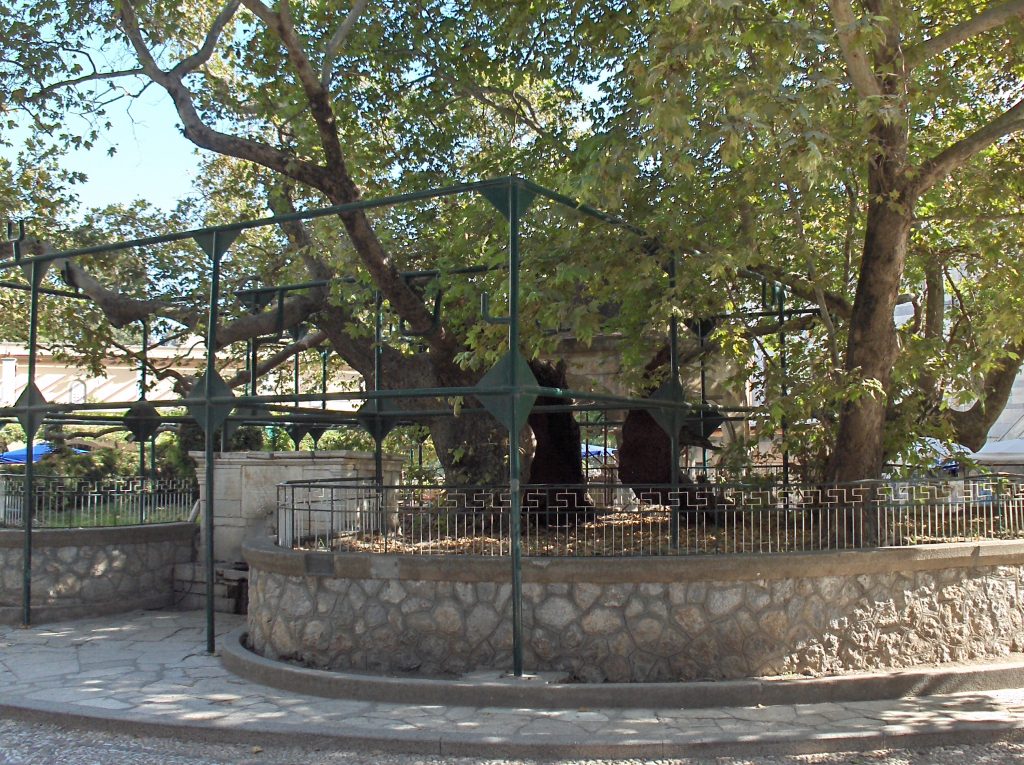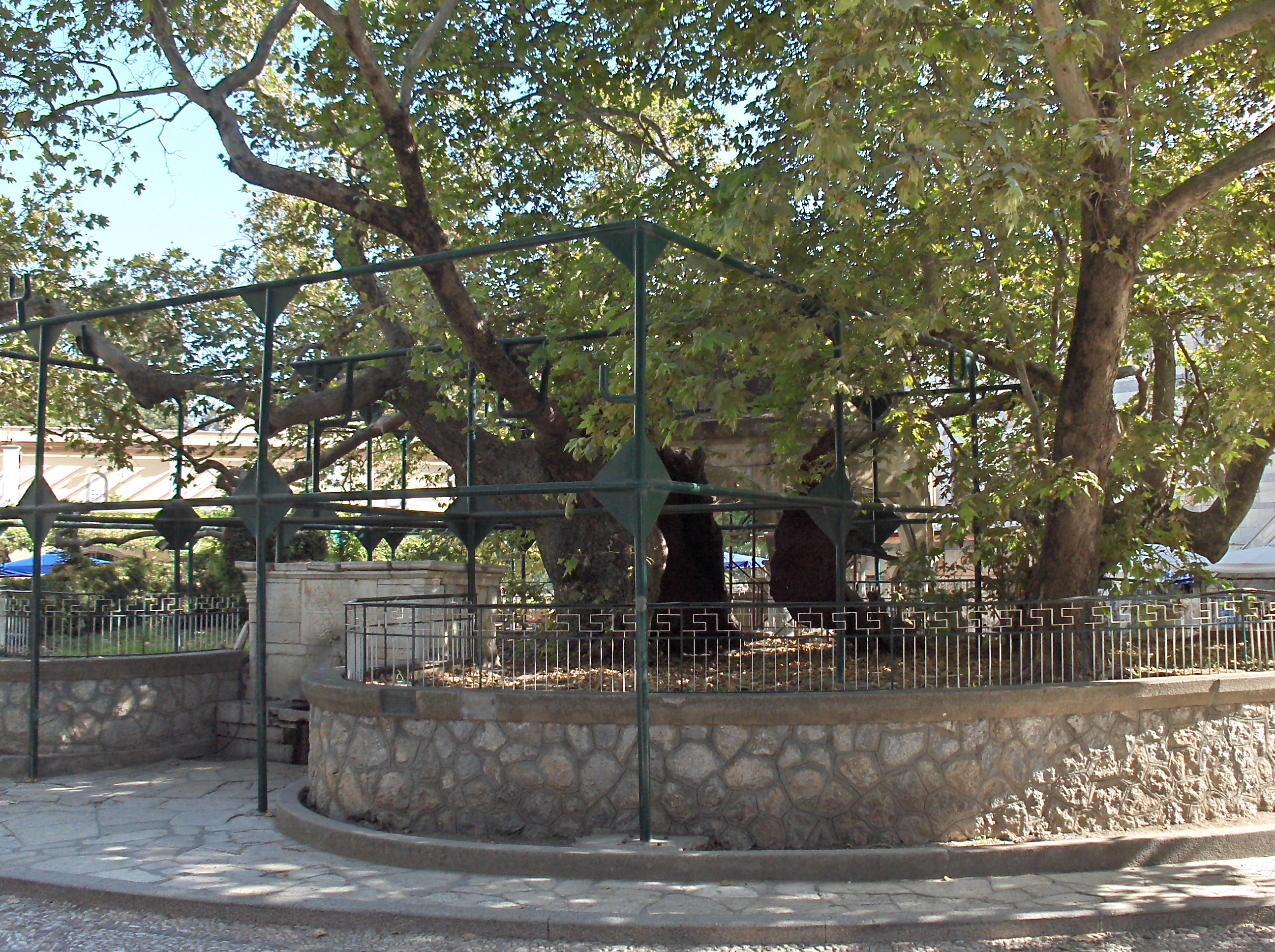There is an orange tree in our backyard planted around the birth of our first child. It thrives 11 years later, providing a plentiful bounty of fruit each winter. Nearby, a mango tree was planted when our second daughter was born. That tree never made it; the roots didn’t take hold, and it was gone within the year. Our daughter is growing just fine, so the metaphorical planting didn’t mean much. We point her to a lemon tree that’s doing okay and tell her that’s her tree.
Just next door, a poplar tree grows thin and tall. My wife hates it. She worries this barren tree, with few leaves, will launch itself into our house during the next storm. The palms, she loves, as they settle around the pool, cling to the fence, and provide security, serenity, and a tropical ambience. An oak anchors our backyard, providing a home for several birds, numerous insects, and shade to the summer heat. Though our heart rates rise when all the oak leaves settle into pool, our blood pressure lowers as the tree cools the water in middle of summer. We cried when the anchor in our front lawn had to be cut down many years ago due to a fungus spreading throughout. These trees become part of our home, our lives, our family. Writing about them now reminds me how much this flora means to us.
Outside of your home, your neighborhood, are there trees you know? There are familiar trees, but how about famous trees?
Do you recognize this tree?

Not just the type of tree, but exactly where it is located? This one is of particular medical historical relevance. On the island of Cos, sits this sycamore tree, this plane tree. Hippocrates taught under its shade, mentoring new physicians. The salubrious breeze, fresh air, and natural landscape provided a potent classroom, for the new breed of physicians, the ancestry to modern medicine. The medical family tree takes root here.
Some other trees grew to be famous. Anne Frank’s tree lived for about 170 years in Amsterdam, written about in her diary. That chestnut tree provided moments of respite from a cruel world. The famous oak from the movie Shawshank Redemption, the Shawshank tree, was a symbol of hope, and visited by thousands until it fell down in a storm in 2016.
I recently read The Hidden Life of Trees, which unearthed various tree stories. Trees are skilled communicators and work in teams with other organisms, such as fungi. An acacia tree, when its leaves are eaten by giraffes, will send off a chemical to other nearby acacia trees. Those trees will then change the taste of their leaves so as to not be palatable to giraffes. The ice cream buffet on the first tree becomes a detestable meal of liverwurst and brussels sprouts by the time the giraffe travels to the next one.
In addition, some fungi work well with their forest companions. The oak tree and the oak fungus support each other and share nutrients. The oak fungus expands the root base of the tree and helps supply nutrients back to the tree while the fungi are nourished by the oak. Fungal networks send signals to neighboring trees about droughts and pests. Trees understand the importance of working together.
Ok, so what does all this mean? You are probably thinking I’m barking up the wrong tree.
This reminds me that science is pretty amazing and trees have much to teach us. Trees are the lungs of the earth, essential to life. They are also ripe with stories, metaphors, and hidden secrets that resonate with much of what we do in medicine. Trees heal, provide wisdom, and teach us about communication and teamwork.
Walt Whitman’s recovery from his stroke at age 53 was propelled by the outdoors and nature. He was paralyzed, and recovered slowly over the next two years, largely by his communion with nature.
In 1984, a study by Ulrich, confirmed what Whitman knew a century earlier. Hospitalized patients with an outdoor view were compared to those with a brick wall out their window. The former patients recovered more rapidly, had improved vital signs, reduced stay in the hospital, and required less pain medications. The natural world, the breeze, the views of lush greenery all helped with healing. Patients in the bed by the door of a semi-private room or the window bed without a view, are at a disadvantage.
The right hospital garden helps heal, too. Don’t forget to walk outside. Open the blinds of the patient in bed 2. If they are facing a brick wall, work on ways that artwork or a picture of nature can be hung on the walls.
Communicate better than trees: work with your fellow fungi in the hospital. The Anne Frank tree was lost to a storm in 2016, but its saplings were sent around the world, and its memories and powers live long after the written word and the physical existence.
Trees are reminders of the cycle of life. A hike in the woods can teach us about death and change more than a day in the classroom. The trees don’t consciously work together. Evolution understood that working together, effective communication, and collaboration, even with different species, were necessary for survival.
I am not the Lorax, nor a giving tree. I am simply looking outside, remembering that the patient with the window view has a lower heart rate, a better blood pressure. And that I feel the same when I hear the rustling of the oak in my back yard, biting into an orange fresh from my daughter’s tree, or watching the girls climb the branches in the front yard.
Maybe you will find yourself getting to know some more trees.
When we have learned how to listen to trees, then the brevity and the quickness and the childlike hastiness of our thoughts achieve an incomparable joy. Herman Hesse, quoted in Brain Pickings by Maria Popova.



Jordan… I don’t often post comments, but this blog post makes me appreciate you as a physician and as a human being. Thanks for taking us out of our focus on metrics and science to view the world holistically. Good job Brother!…. JOE